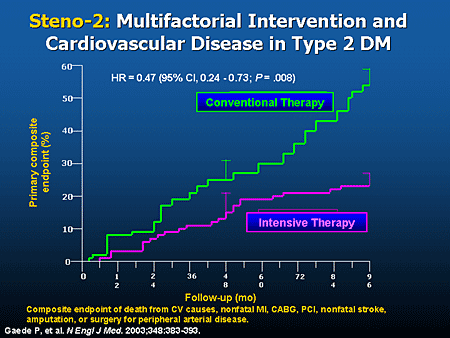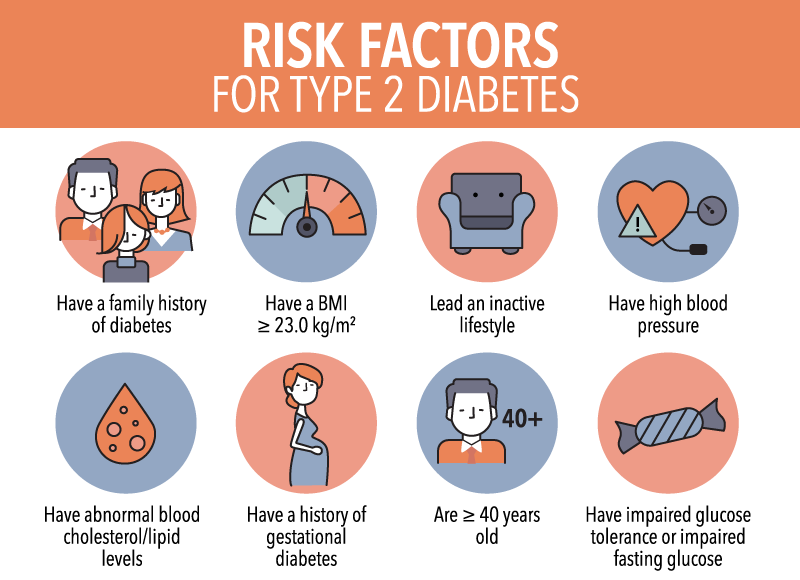
American College of Cardiology/American Heart Association Task Force on Practice Guidelines. Goff DC Jr, Lloyd-Jones DM, Bennett G, Coady S, D'Agostino RB Sr, Gibbons R, et al. A coronary heart disease prediction model: the Korean heart study. Jee SH, Jang Y, Oh DJ, Oh BH, Lee SH, Park SW, et al. Predicting the 10-year risks of atherosclerotic cardiovascular disease in Chinese PopulationClinical perspective: the China-PAR project (prediction for ASCVD risk in China). Yang X, Li J, Hu D, Chen J, Li Y, Huang J, et al. Developing and validating a cardiovascular risk score for patients in the community with prior cardiovascular disease. Poppe KK, Doughty RN, Wells S, Gentles D, Hemingway H, Jackson R, Kerr AJ. The UKPDS risk engine: a model for the risk of coronary heart disease in type II diabetes (UKPDS 56). United Kingdom prospective diabetes study (UKPDS) group. Stevens RJ, Kothari V, Adler AI, Stratton IM. Development and validation of improved algorithms for the assessment of global cardiovascular risk in women: the Reynolds risk score. Prevention of cardiovascular disease: guideline for assessment and management of cardiovascular risk. WHO/ISH cardiovascular risk prediction charts. Estimation of ten-year risk of fatal cardiovascular disease in Europe: the SCORE project. 2008 117(6):743–53.Ĭonroy RM, Pyörälä K, Fitzgerald AE, Sans S, Menotti A, De Backer G, et al. General cardiovascular risk profile for use in primary care the Framingham heart study. 1976 38(1):46–51.ĭ’Agostino RB, Vasan RS, Pencina MJ, Wolf PA, Cobain M, Massaro JM, et al. A general cardiovascular risk profile: the Framingham study. Cardiovascular risk assessment and screening in diabetes. Coronary heart disease risk equivalence in diabetes depends on concomitant risk factors. Howard BV, Best LG, Galloway JM, Howard WJ, Jones K, Lee ET, et al. Is diabetes a coronary risk equivalent? Systematic review and meta-analysis. 1998 339:229–34.īulugahapitiya U, Siyambalapitiya S, Sithole J, Idris I. Mortality from coronary heart disease in subjects with type 2 diabetes and in nondiabetic subjects with and without prior myocardial infarction. Haffner SM, Lehto S, Rönnemaa T, Pyörälä K, Laakso M. Projecting individualized probabilities of developing breast cancer for white females who are being examined annually. Gail MH, Brinton LA, Byar DP, Corle DK, Green SB, Shairer C, et al. Prevalence of small vessel and large vessel disease in diabetic patients from 14 centres: the World Health Organisation multinational study of vascular disease in diabetics. Mortality in adults with and without diabetes in a national cohort of the US population, 1971–1993. Papers of particular interest, published recently, have been highlighted as: Cost-effectiveness and clinical trials demonstrating improvement in outcomes are limited and should be the target of future research.

While the performance (accuracy) has all been internally validated, validation on external populations is still needed. SummaryĪ suitable CVD risk score for the diabetes population should be accurate, low-cost, and beneficial to outcome. New risk factors are being investigated in order to improve the predictive accuracy of current risk scores. A well-constructed risk score for diabetic patients may be advocated by guidelines and adopted by healthcare providers to help determine preventive strategies.

The methods to develop risk scores are highly diverse and each choice has its own pros and cons. Numerous CVD risk scores for diabetic patients have been created in various settings. Patients with diabetes have a gradient of CVD risk that needs to be accurately assessed. We also discuss CVD risk scores for diabetic patients that have been developed in different countries. We briefly introduce the concept and use of cardiovascular disease (CVD) risk scores and review the methodology for CVD risk score development and validation in patients with diabetes.


 0 kommentar(er)
0 kommentar(er)
